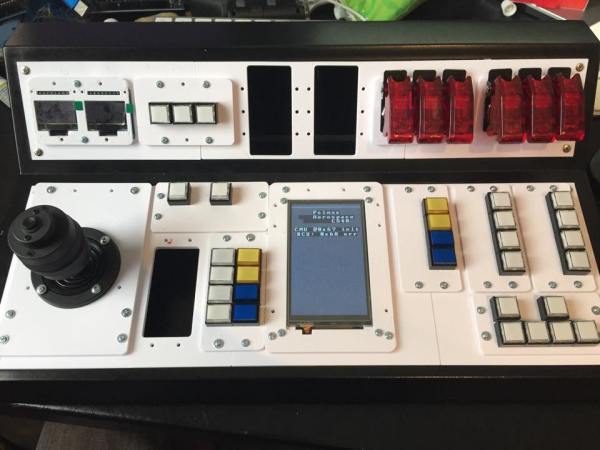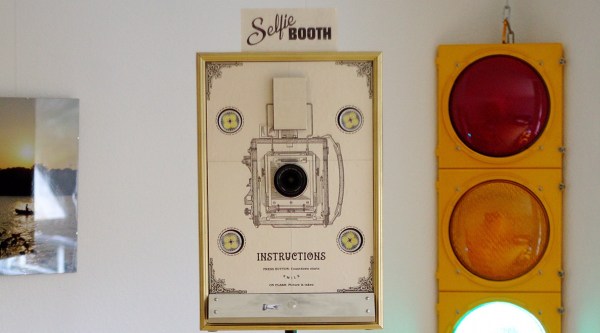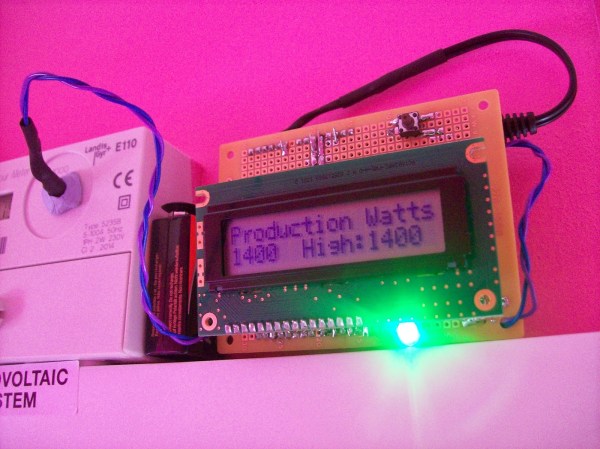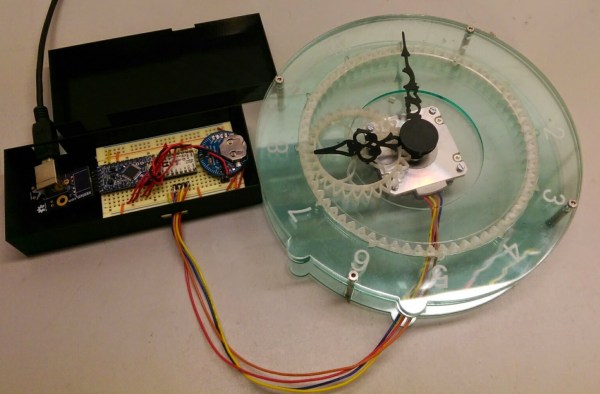There’s an updated product page for the Arduino Zero, now called the Arduino Zero Pro, up on Arduino.org, one of the two dueling “Arduinos”.
We first covered the Arduino Zero in May 2014, and shortly thereafter even got to see a development prototype in the flesh. Based an Atmel’s ARM Cortex-M0+ chip, it’s built on a faster processor than the AVR Arduini, and it includes Atmel’s Embedded Debugger which serves as a USB-to-serial channel and on-chip debugging peripheral. But so far all we’ve seen is the prototype.
Now, there’s schematics and Eagle files available that are dated January 7, 2015. The Arduino.org site says that the Zero Pro is “Available now!” but we couldn’t see any in stock yet at any of our favorite online electronics distributors. Maybe we’re looking in the wrong places (unlikely) or maybe it’s just a matter of time.
Anyway, two things struck us in our casual perusal of the new Zero Pro info.
First of all, compared to (pictures of) the prototype versions, there’s more and larger decoupling capacitors scattered all over the board, from the power supply to the Embedded Debugger chip, to a really beefy 4.7uF tantalum capacitor buffering the analog reference voltage level. This suggests there’s been some real-world testing and a shakedown of some of the prototype’s design bugs. That’s all good, and we hope it’s a sign that it’s really coming to market soon.
Secondly, given the ongoing trademark dispute, even the annotations to the schematic for the Zero Pro become interesting. On opening up either the PDF schematic (PDF, naturally) or any of the Eagle files, there’s the usual “Do not finalize a design with this information” boilerplate. But where it used to read “Arduino is a registered trademark. Use of the ARDUINO name must be compliant with http://www.arduino.cc/en/Main/Policy ” it now reads:
“Arduino” name and logo are trademarks registered by Arduino S.r.l. in Italy, in the European Union and in other countries of the world.
(After noticing this change, we went back and compared the “rev3” Uno schematics PDF on arduino.cc to the “rev3E” schematics on arduino.org. Yup, same change in the legal notice.)
We’re not lawyers, but one of the “other countries of the world” that’s conspicuously missing from the claim is the U.S. of A. where Arduino LLC presumably holds the trademark. We’re still trying to make sense of all this, but it’s funny to see the legal battle playing itself out in annotations of Eagle schematics, no?
Stay tuned for more coverage of the Arduino vs Arduino legal battle and, of course, reviews of new hardware as it comes out.
And thanks [Marc] for the tip to the new board release.
















